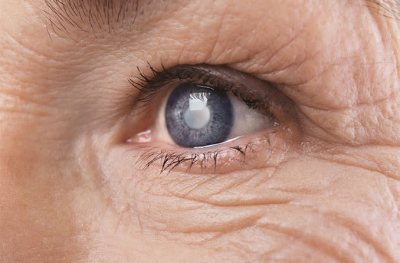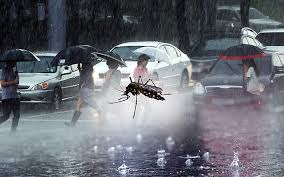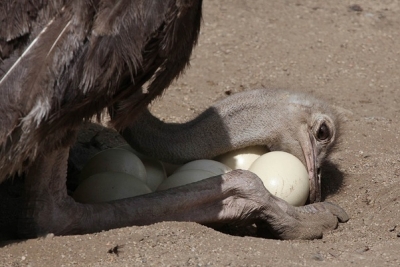
Luckily for us, we don't even have to imagine: we have examples of this happening in the real world, and right here, in the Americas, very close to us.
Can you imagine entire civilizations developing without the help of horses?
Pre-Columbian civilizations not only did not know horses, but had no other means of riding. The reason is quite obvious, in fact: whether in the Amazon rainforest or in the Andes, the terrain was anything but friendly to riding animals.
Even so, our indigenous ancestors managed to domesticate llamas. More precisely, the Inca people. The animal was, without a doubt, one of the most important elements for the development of this people. In addition to pack animals, they served as a source of food, wool and leather. The curious thing is that, unlike their relatives, camels, neither llamas, nor their close cousins, alpacas, are useful as mounts.
They are also not very useful for combat.
Well, except, of course, as pack animals. Although with a much smaller capacity than that of the old world horses and cattle, llamas and alpacas do very well in the steep and rocky terrains of the Andes.
But okay. The question is animals truly used in combat. In this case, the best, biggest and most incredible alternative to horses, you already guessed it...
In India, elephants have been used extensively in combat for ages. At some point, it was said that Indian ruler, Porus, had over 100,000 war elephants in his army.
They’ve been used in Europe, too. One of the greatest achievements of Hannibal, general of Carthage, was to lead an army of 80,000 soldiers along with his troop of elephants, on a march through the Alps. Although many men and animals perished on the crossing, the conclusion of this journey is still considered to be one of the greatest military achievements in history. Hannibal's attack with his elephants was, to some extent, a great success.
Over the next 15 years, Hannibal won significant battles and occupied the south of Italy, once with reinforcements shipped directly from Africa, although no elephants were included. In the 209 B.C. battle of Canusium with the Roman consul Marcellus, Hannibal’s war elephants created havoc until the Romans managed to wound one, touching off a cascade of panic among the pachyderms.
You see, war elephants were a growing problem at some point in history. Because of this, to counter them, another animal, other than the horse, was used with great success…
During the siege of Megara, among the Macedonian troops, were the feared war elephants. To break the siege, it was necessary to eliminate the imposing animals. For this, Mégara's generals devised a plan that was both creative and extremely cruel: oiling pigs and set the poor animals on fire.
When the burning pigs were released, grunting in pain and despair, towards the Macedonian elephants, the pachyderms, seeing the mass of fire coming their way, with their shrill and deafening screeches, panicked. The elephants fled in terror, trampling (and killing) many Macedonian soldiers in the rout.
Probably man has tried and tested every animal he could for war and cargo transportation. I think the best alternative would undoubtedly be the elephants, already tested and approved in the field.
Credit : Quora
Picture Credit : Google










